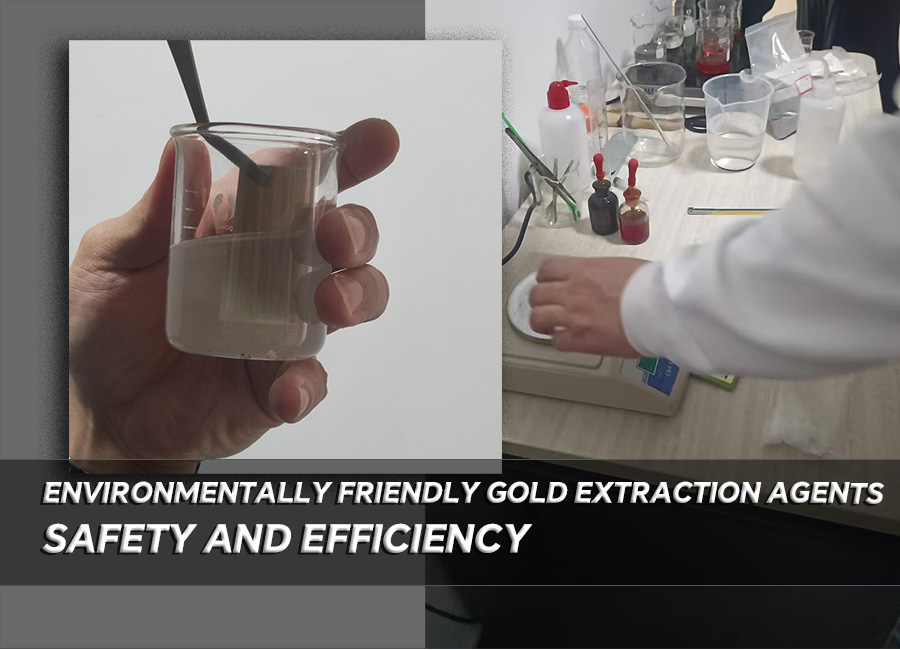Safe and Effective Use of Cyanide in Gold Extraction
Cyanide has been a cornerstone of the gold mining industry for over a century. While its toxicity is well-known, its safe and responsible use is essential for extracting gold from ore. This article explores the role of cyanide in gold extraction, its environmental impact, and the measures taken to ensure its safe handling.
The Chemistry of Cyanide
Cyanide is a chemical compound composed of carbon and nitrogen. It is highly toxic in its free form but becomes less hazardous when combined with other elements. Cyanide is primarily used as a sodium or potassium cyanide solution in gold mining.
The Cyanidation Process
The gold extraction process, known as cyanidation, involves dissolving gold from ore using a dilute cyanide solution. The dissolved gold is then recovered through various methods, such as carbon adsorption or electrolysis.
Environmental Concerns and Safety Measures
While cyanide is a potent toxin, strict regulations and industry best practices have significantly reduced its environmental impact. Mining companies implement a range of measures to ensure the safe handling, storage, and disposal of cyanide solutions. These include:
Containment: Cyanide solutions are kept in secure structures to prevent accidental spills or leaks.
Monitoring: Regular monitoring of cyanide levels in water bodies and tailings facilities is conducted to ensure compliance with environmental standards.
Emergency Response: Comprehensive emergency response plans are in place to address any potential cyanide incidents.
Employee Training: Mining personnel receive rigorous training on the safe handling and use of cyanide.
The Role of Cyanide Management Codes
To promote responsible cyanide use, the International Cyanide Management Code (ICMC) has been established. This code outlines standards for the manufacture, transport, and use of cyanide in gold production. Adherence to the ICMC helps ensure that cyanide is handled safely and its environmental impact is minimized.
Cyanide remains a crucial reagent in gold mining, but its use is subject to stringent regulations and safety protocols. By understanding the role of cyanide in gold extraction and the measures taken to mitigate its risks, we can appreciate the importance of responsible cyanide management in the mining industry.
Whatsapp:+86 133 1927 7356
Email:[email protected]

